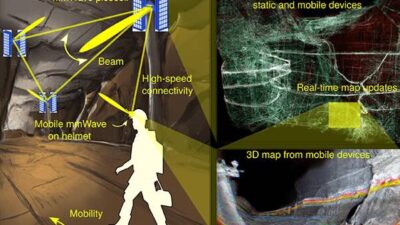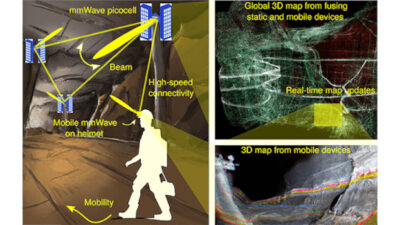Manufacturers highlighted sensors and information systems designed to go beyond what is shown on the surface and give customers real insights.
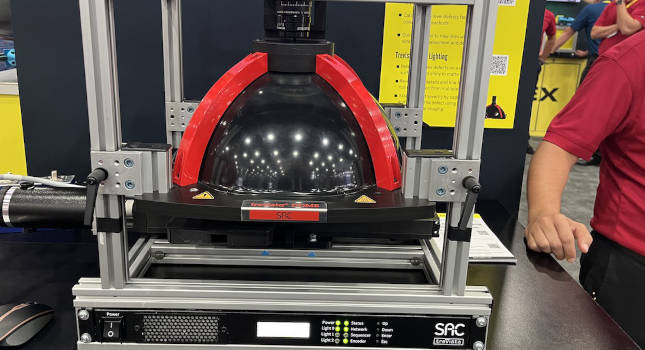
Discrete sensor insights
- Machine vision and sensor technology can help manufacturers discover flaws during the inspection process and make corrections with powerful cameras.
- The cameras and computing power behind them also can go learn from past incidents and be able to better identify them for the future.
Information is a major asset for any company trying to maintain their supply chains and improve operations. The data gathered from different machines, sensors, modules and more are sent to the cloud or a secure hub and transmitted from there into something tangible for operators to act on.
During Automate 2023 in Detroit, a few companies emphasized sensor technology as a way to glean valuable insights.
Kevin Ouellette, product marketing specialist at Cognex Corporation, described the trevista dome from SAC, which is connected to Cognex software, as a way to inspect a surface. The trevista dome is designed to see more because it represents the surface shape of the inspection objects plastically and makes even defects in the micrometer range visible.
“It takes images one quadrant at a time and through this process defects are highlighted,” he said. It takes a combination of 2D and 3D images to provide depth. “We can resolve a 3D image and measure the severity of a flaw. This lets the user determine whether to reject a part or not and it reduces overkill.”
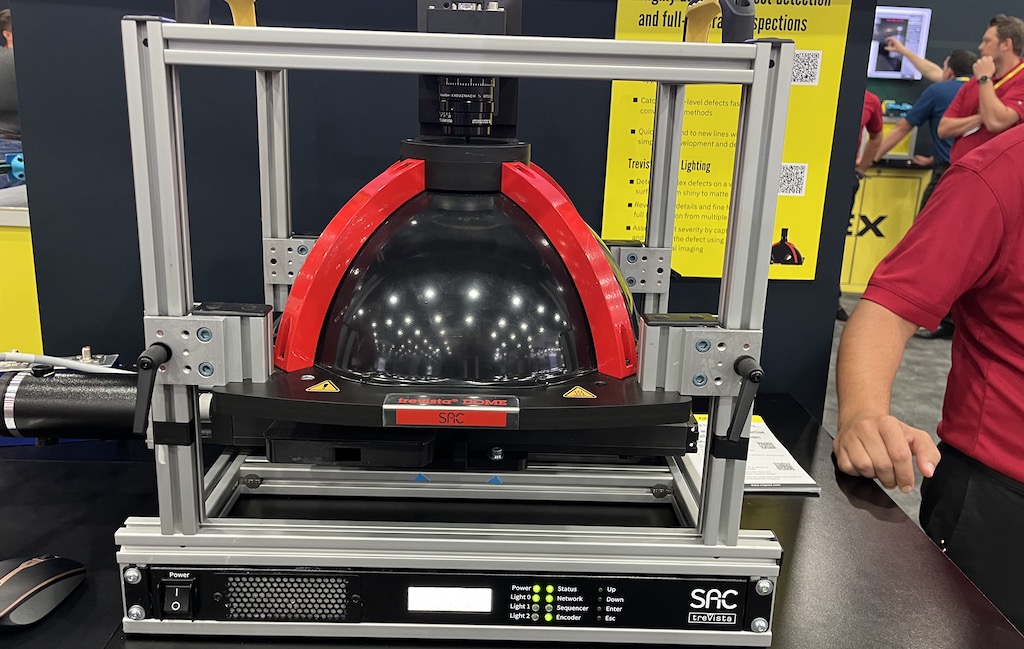
While the marriage of the two technologies was being promoted for electric vehicle (EV) battery production, Ouellette said it can certainly be applied to other applications such as body panel inspections on a car or an aircraft’s wings.
While the Trevista is designed for larger applications, Cognex had smaller cameras designed to do the same thing: Look for defects and transmit the information to the user so they can determine the flaw. At the same time, the camera and the computer behind it are learning so it can operate better in the future.
Eduardo Arcis, senior applied engineer at Cognex, described the In-Sight 3800 as being able to process much faster with fewer samples and it uses edge learning.
Another camera, the The In-Sight D900 vision system is designed to provide complex applications that are too difficult to deploy with traditional, rule-based machine vision while providing results not possible with human inspection. Arcis explains some of its other capabilities in a video demonstration.
Using machine vision for improved sustainability, reduced downtime
Charla Stracener, industry technology seller for IBM, said the Maximo Visual Inspection (MVI) is designed to look for defects and can do this regardless of camera. She highlighted an infrared camera and an iPhone as two examples of cameras inspecting parts.
“It looks for defects and we train the model this way,” she said, adding later this process can help manufacturers reduce costs. “With overall equipment effectiveness (OEE), most manufacturers are trying to keep costs down. By finding these defects and flaws during the inspection process rather than later on, they’re saving a lot of money on their budgets.”
Stracener said another benefit is improved sustainability because the MVI functions as automatic quality control. “You’re protecting the brand by eliminating a lot of rework. The MVI is designed to help with predictive maintenance by determining the asset and helping mitigate downtime.”
Software platform for identification, locating solutions
Siemens’ Locera software platform is designed to expand Simatic radio frequency identification (RFID) and real-time locating system (RTLS) offerings to include the digital twin of performance. Locera is designed to help organizations track and manage their assets and inventory in real-time, providing data and insights that can be used to optimize operations, reduce costs, and improve overall efficiency. The cloud-native software analyzes and visualizes dynamic data, processes events, and can be addressed directly from local manufacturing execution systems (MES) or enterprise resource planning (ERP) systems via applied programming interfaces (APIs) or webhooks. The intelligence acquired based upon position data provides the user with a comprehensive overview of asset tracking, material flow, order information or possible problem areas.
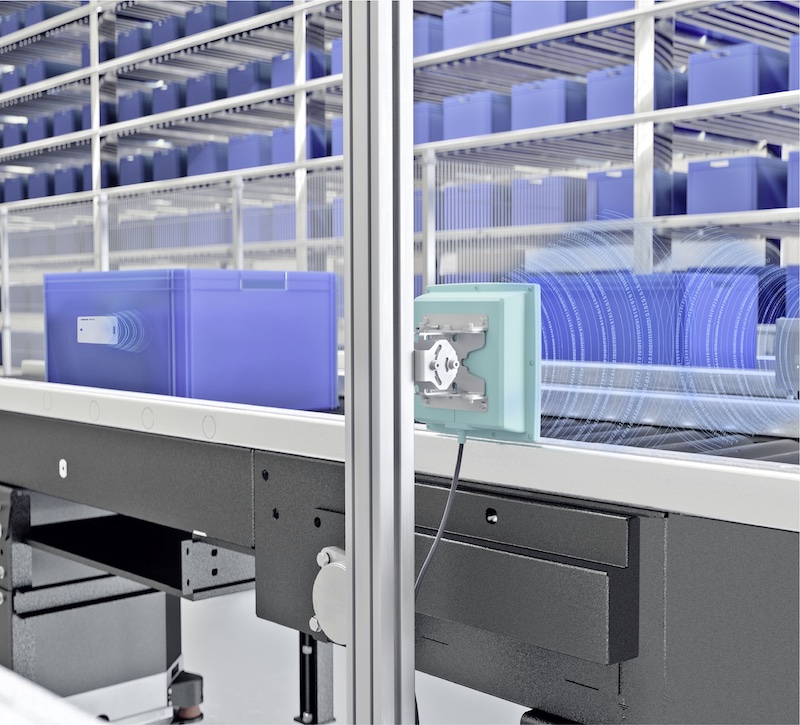
Locera features RFID and RTLS technologies that can be used independently or together to track assets and inventory throughout the supply chain. RFID tags or RTLS transponders are attached to items which can then be read by RFID readers or RTLS gateways at various points along the supply chain. Ultra-wideband (UWB) and ultra high frequency (UHF) technologies are used to identify and track the location of these items, providing real-time visibility into their movements.
Chris Vavra, web content manager, CFE Media and Technology, [email protected].

